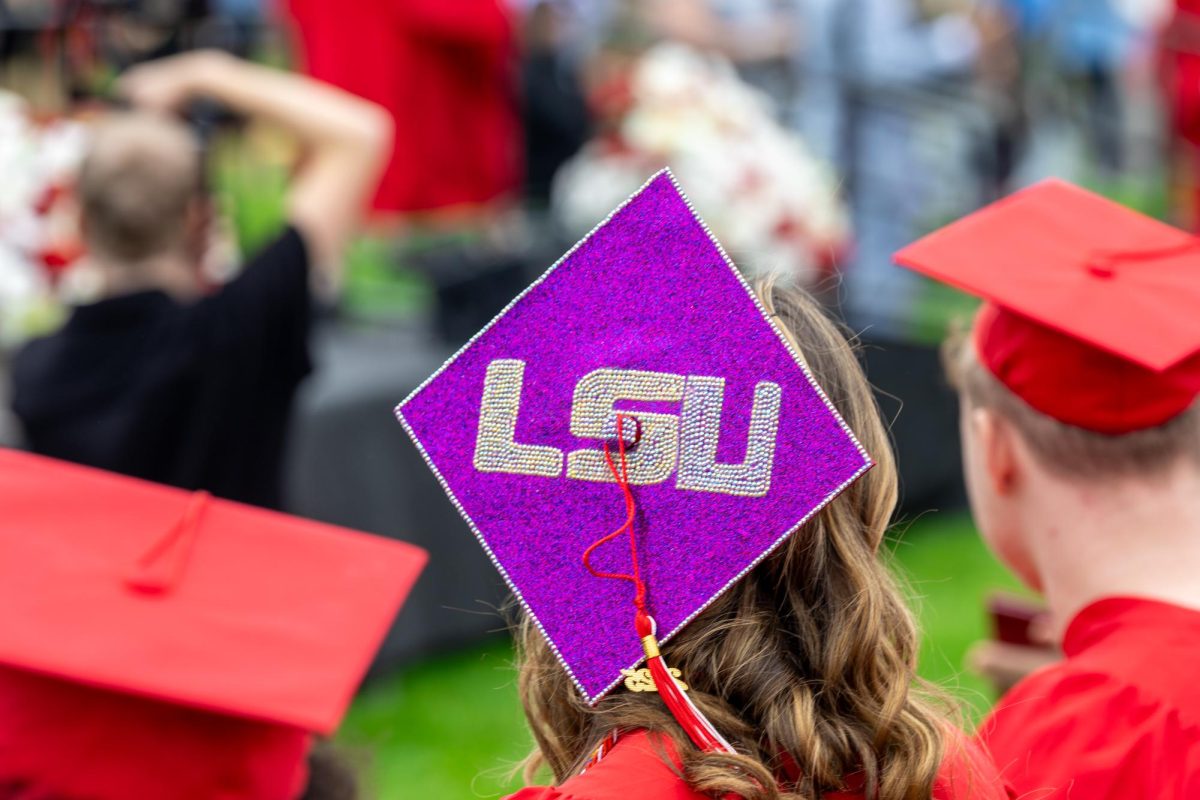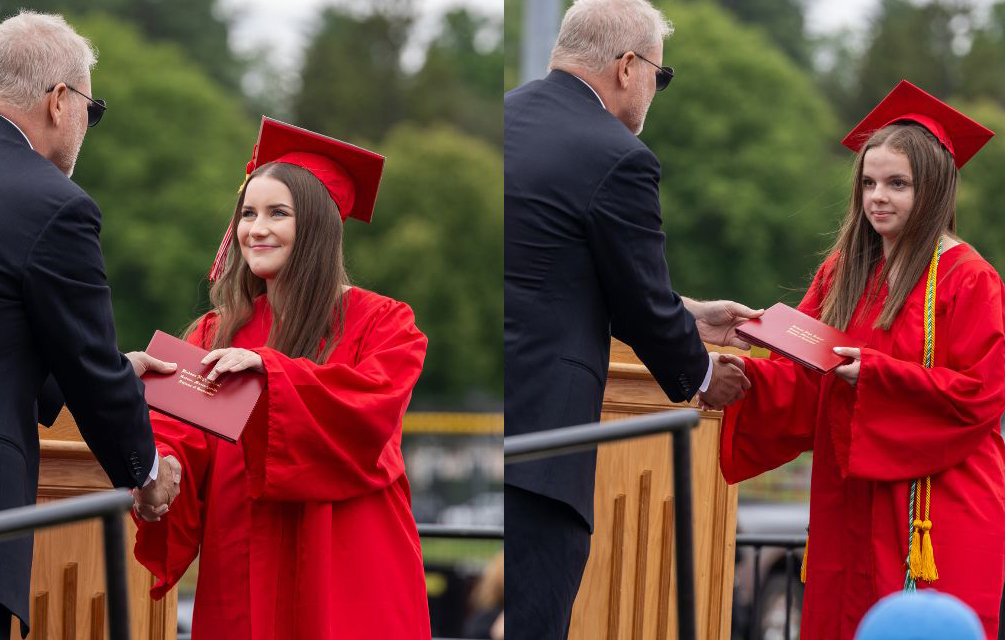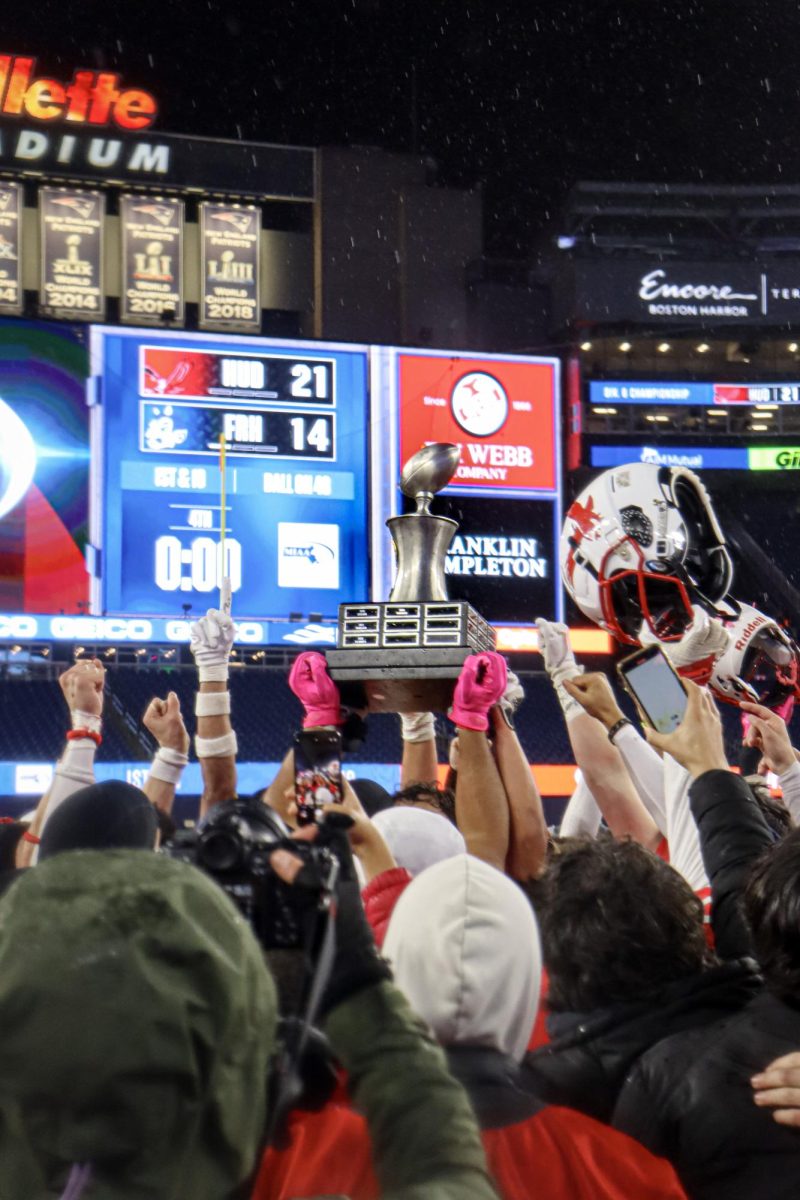by Taylor Polomarenko
It was the last half of an offseason lacrosse game for senior Shane Polomarenko, who would be starting varsity goalie for the upcoming season. The other team’s offensive player came from behind when Polomarenko stepped out of the goalie’s circle and knocked him down on the thin layer of turf that covered the giant slab of concrete. Polomarenko was pulled from the game in a no-check league with his third concussion while the other player received only a three-minute penalty.
Many students are treated for concussions in all sports. So, shouldn’t the referees clamp down on any potential rough play? Youth Lacrosse coach and parent Mark Polomarenko thinks that the referee could have done more to punish the other team.
“I don’t think the other team should have been punished because my son got a concussion,” said Polomarenko. “They should have been punished because my son took a blow to the head in a no-check league.”
Many sports have new rules and regulations regarding concussions. Many referees are becoming more strict with the penalties they give to athletes that cause the rough play. Not only that but most concussions that are diagnosed have to be cleared through either a doctor or trainer before the athlete can come back to the field.

The NCAA’s new rule is that no player is allowed to return to the field the same day they have been diagnosed with a concussion. Once an athlete is diagnosed with a concussion, several steps need to be taken to come back into a sport.
All students who have been diagnosed with a concussion need to adhere to a protocol before coming back to a sport. The first step is to stay out of school and sports until the symptoms have begun to get better. Nurse Pat Emmons says that the hardest part for any student or athlete coming back from a concussion is patience.
“Students want to get back to activities,” said Nurse Emmons. “We try to remove all technology, which is hard because the way most students communicate is through technology.”
But what happens when an athlete’s brain is not fully healed before going back to a sport? An athlete could get second impact syndrome, which could finish their career for good.
Not only is second impact syndrome a problem for many athletes, but also having too many concussions can have affect the brain in a way it will never heal. Sophomore Jacob Kallio says that in wrestling he has received six concussions, but he will never stop wrestling.
“My first really bad one was when I got dropped on my head during a match,” Kallio said. “It was from six to seven inches off the ground, too.”
Even though it has been two years since that concussion, Kallio still remembers the hardest part of having a concussion was the headaches that came with it. Headaches are not the only aftereffect of having a concussion. Nurse Emmons says there are many other aftereffects that athletes and students feel.
“The aftereffects are dizziness, fatigue, problems with vision, sensitivity to noise, coordination problems,” Nurse Emmons said, “along with concentration problems, confusion and lack of organization.”
Since there are so many aftereffects, shouldn’t coaches know when their player has a concussion? Nowadays more and more athletes, parents and coaches are being informed about concussions. Girls varsity lacrosse coach and personal fitness trainer Kathy Ekdahl says that coaches are not knowledgeable enough about postconcussion testing and should not make the judgment as to whether the athlete should come back to the sport.
“Not all symptoms arise immediately,” Ekdahl said. “And coaches are not medical professionals, so we should not rely on our judgement as to whether someone has a concussion.”
Hopefully the new rule changes, careful postconcussion protocol, stricter referees and more informed coaches will make a difference.
“Even with new rules and regulations concussions are still going to occur,” Polomarenko said, “but with more educated coaches, parents and athletes, our children will be less likely to suffer from any severe brain damage.”






